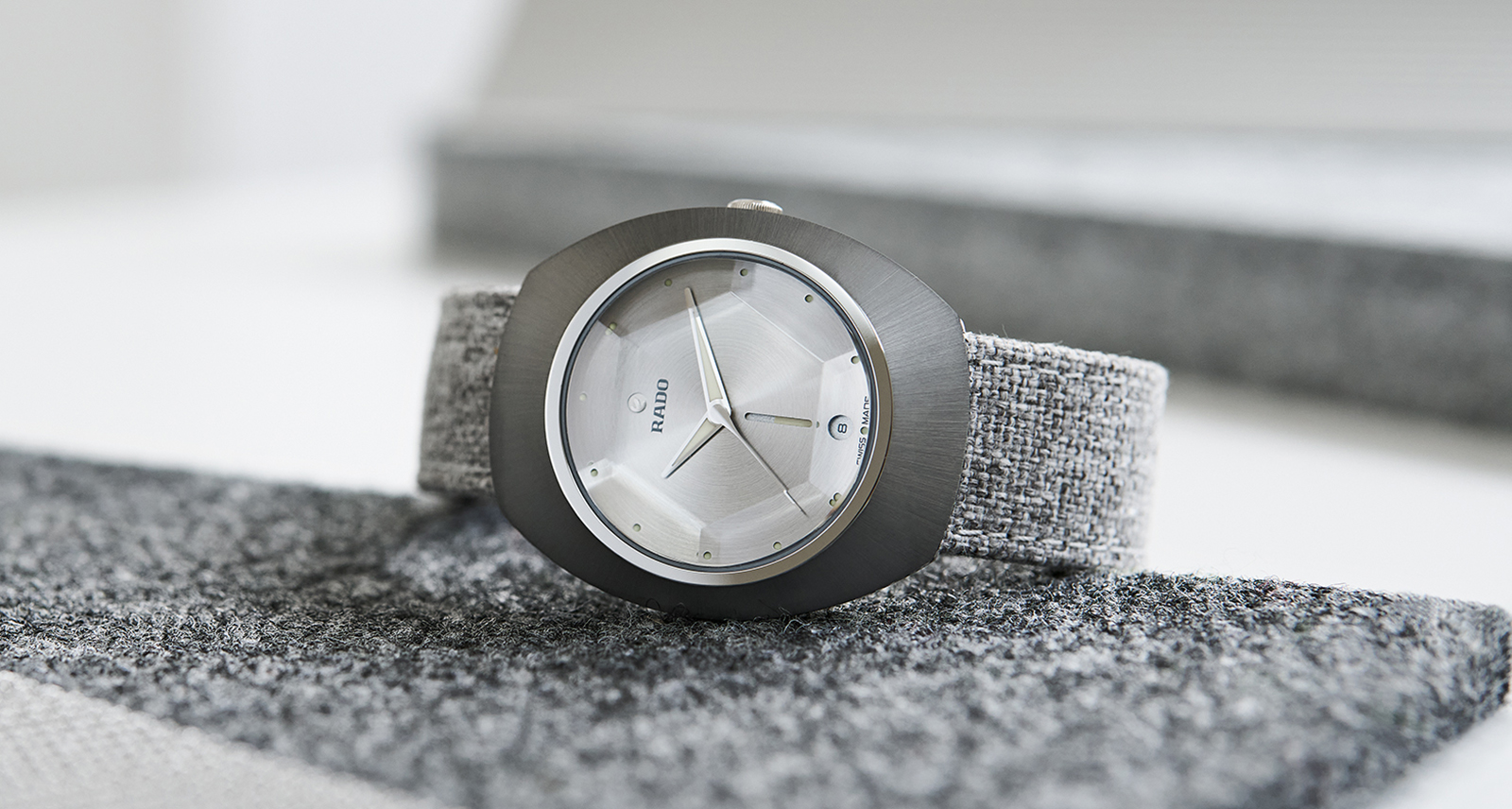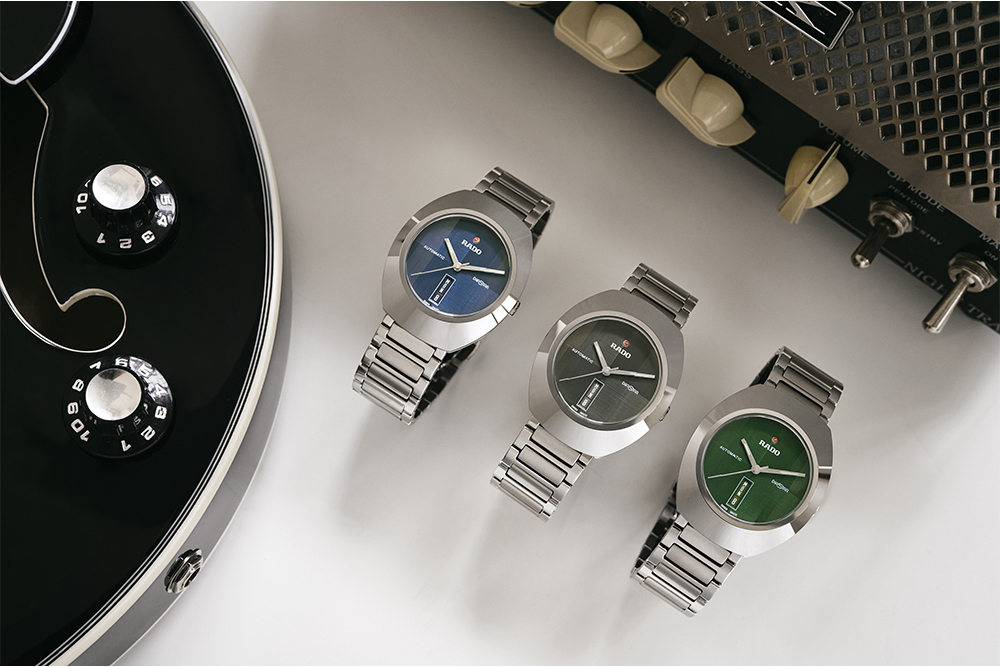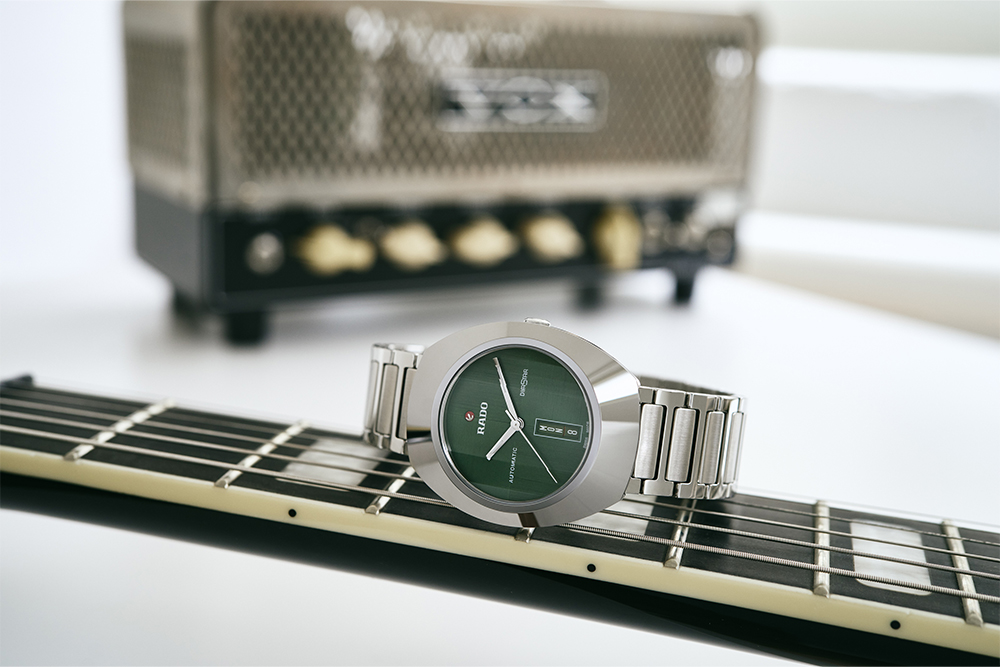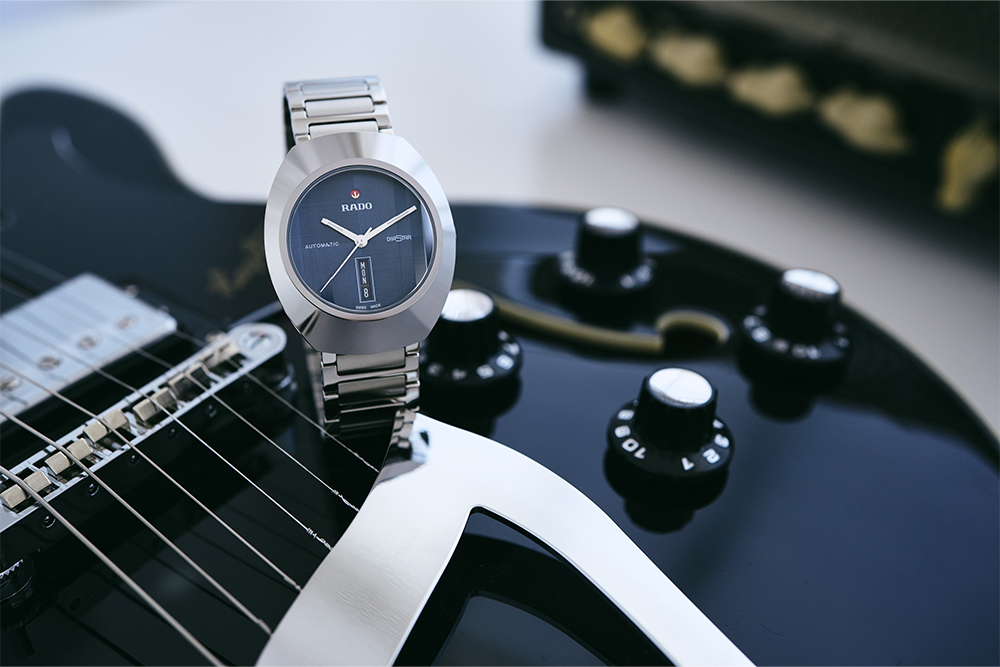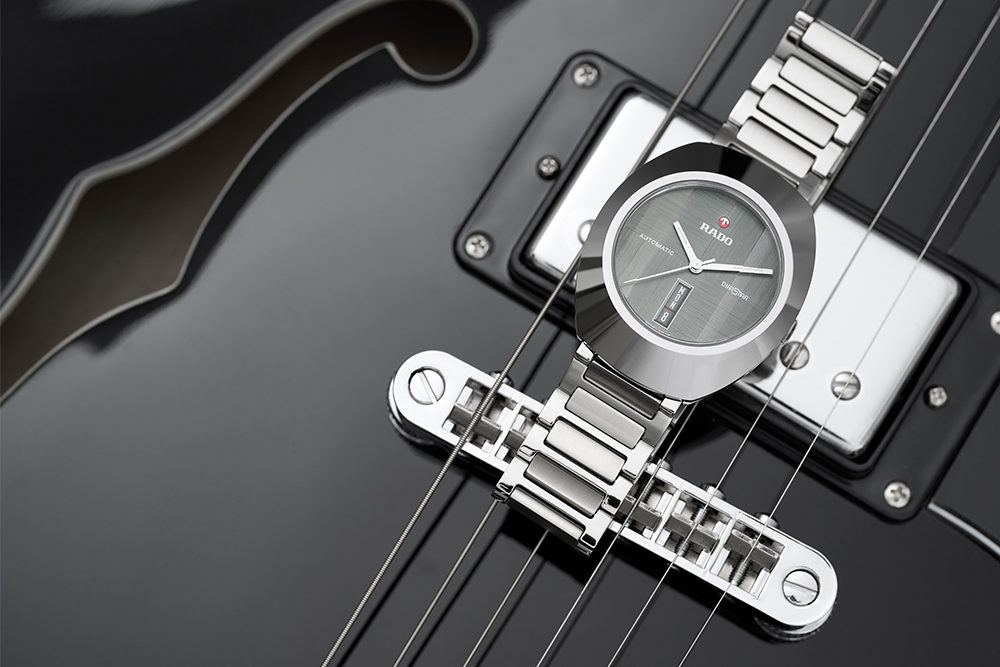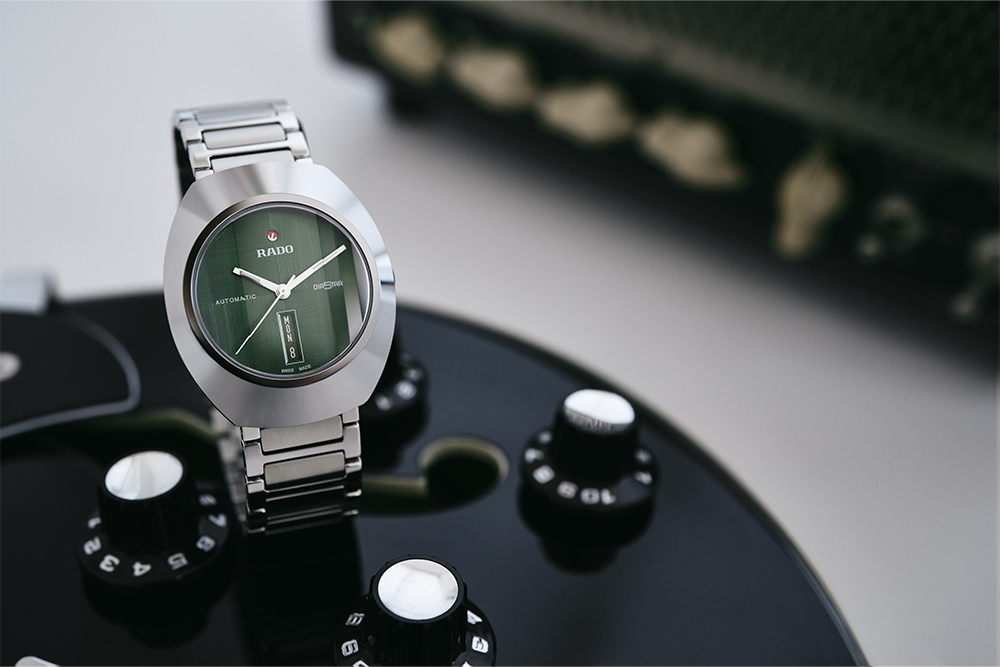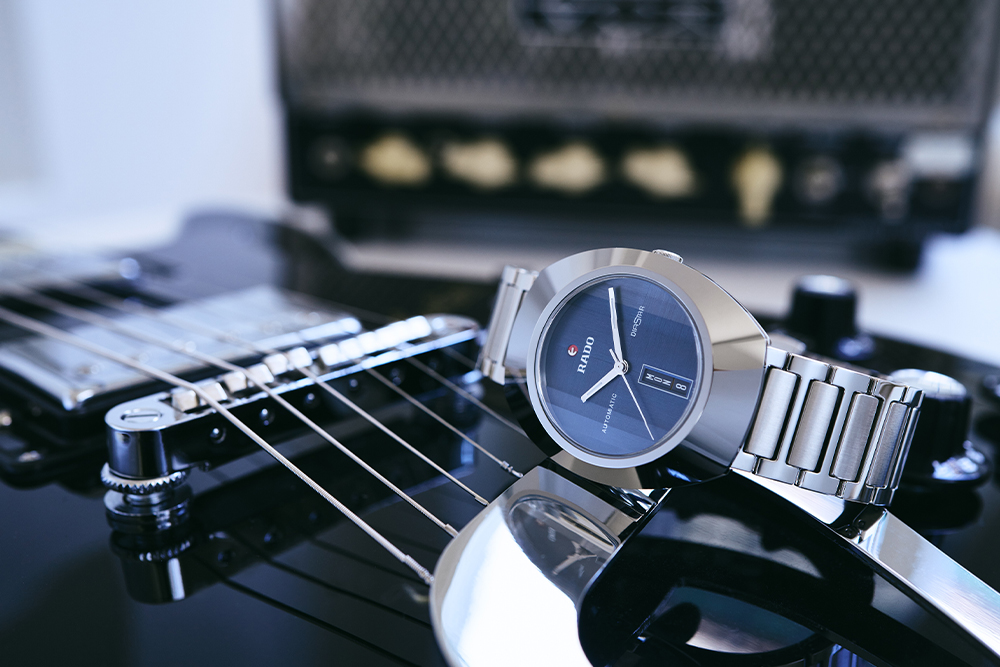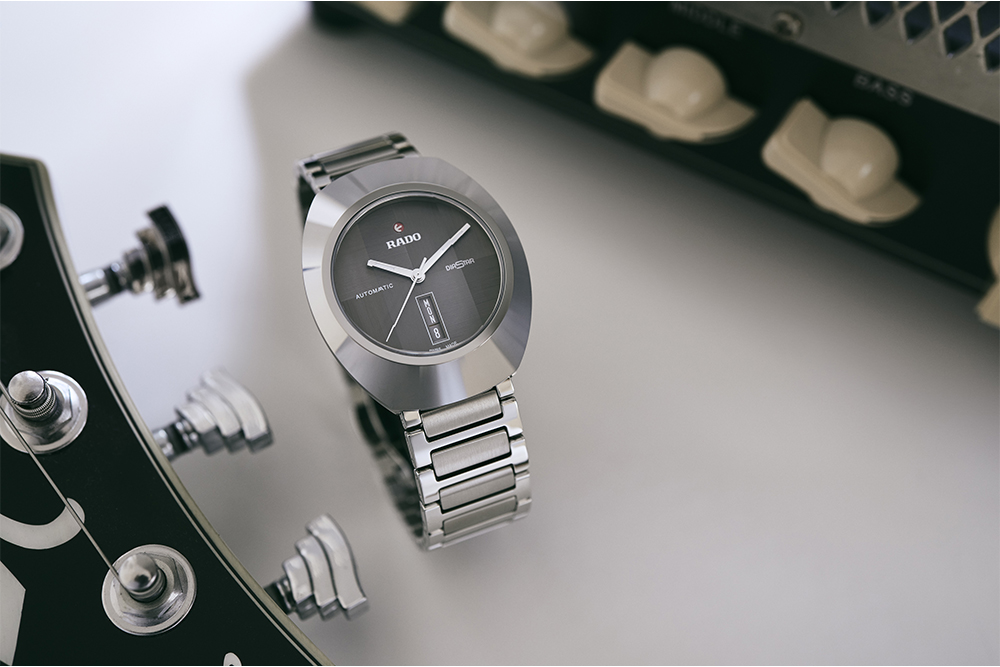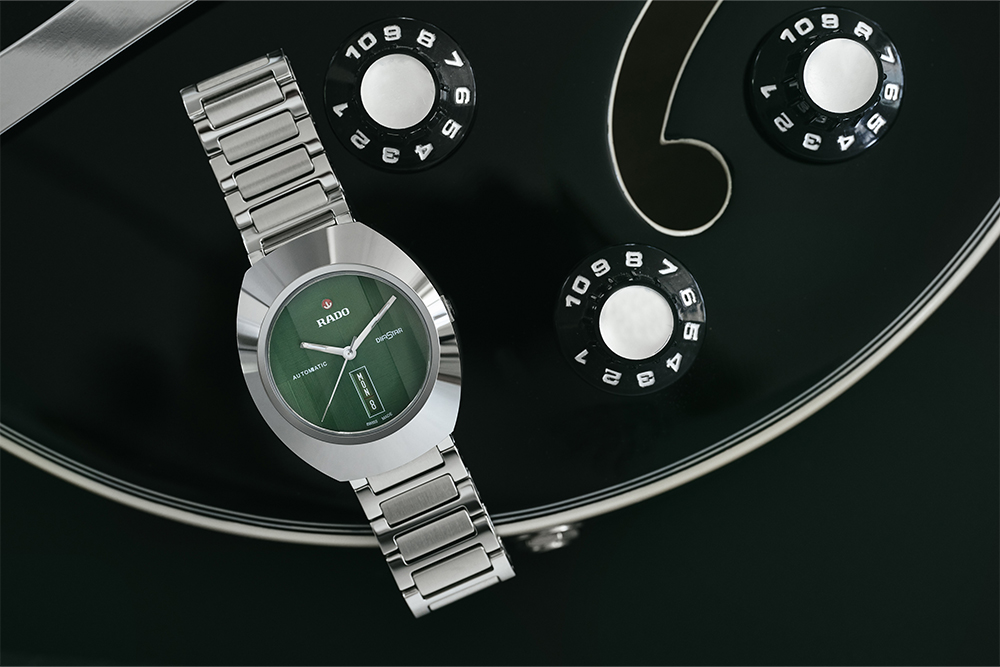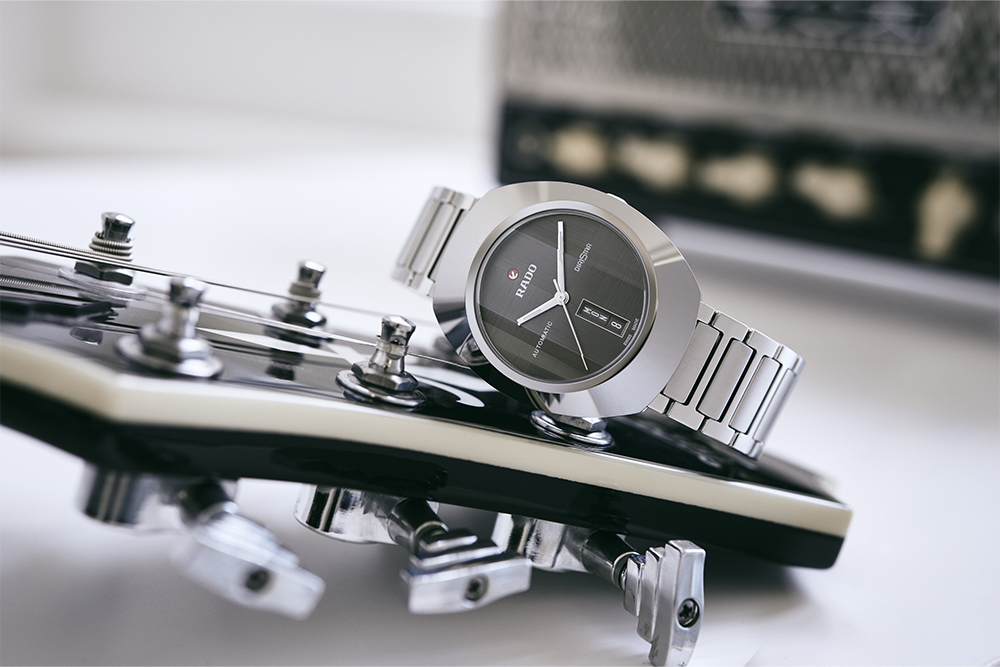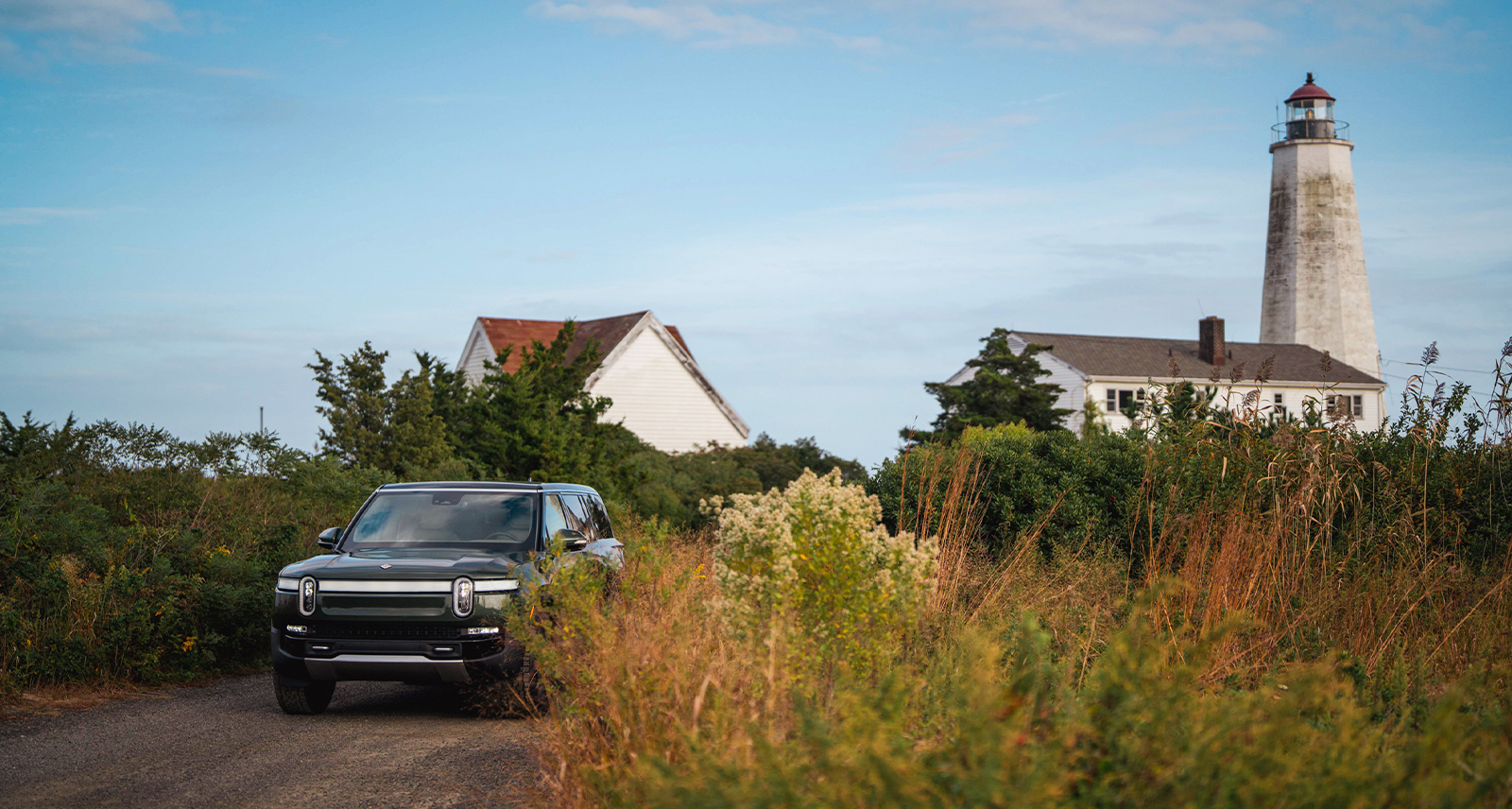Rado’s New DiaStar Bets Big on Retro-Futuristic Appeal
The watch world is by no means shy on heritage plays lately, but for the most part watch brands remain fixated on their respective glory days of the ’50s and ’60s. Yes, many of the great dive watches and chronographs were born in those decades, and thus the reissues we see tend to fall under the tropes of “traditional” or “classic” aesthetics. Rado’s beloved DiaStar is a different beast altogether.
Aesthetically ahead of its time in 1962 — these UFO-style cases didn’t really fall into favour until the ’70s. It wasn’t a watch to rest on its aesthetics alone, and the DiaStar marked the beginnings of Rado’s push into alternative materials for watch cases. Made of a special tungsten alloy, and fitted with a sapphire crystal (decades before its broader adoption in watchmaking), the DiaStar was marketed as the first “life proof” watch, so to speak. Waterproof, scratchproof, shock resistant, temperature proof — this was the sales pitch, and the watch lived up to it.
You might be surprised to learn that the case design itself was equal parts creative and pragmatic. With the tooling of the era, the tungsten alloy used for its case was extremely difficult to machine effectively, thus a simpler and smoother form was required.
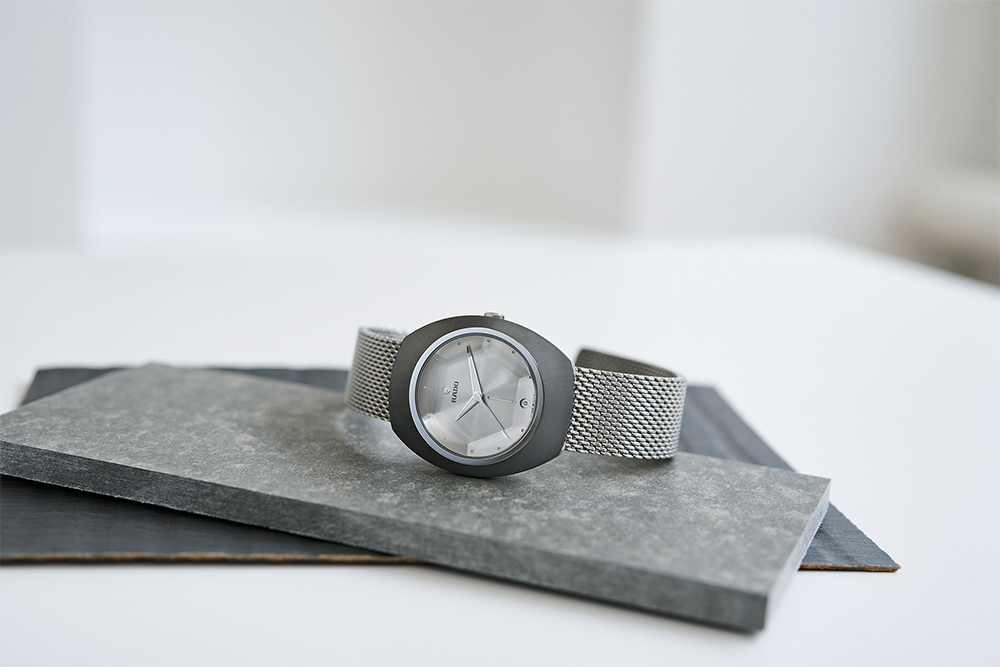
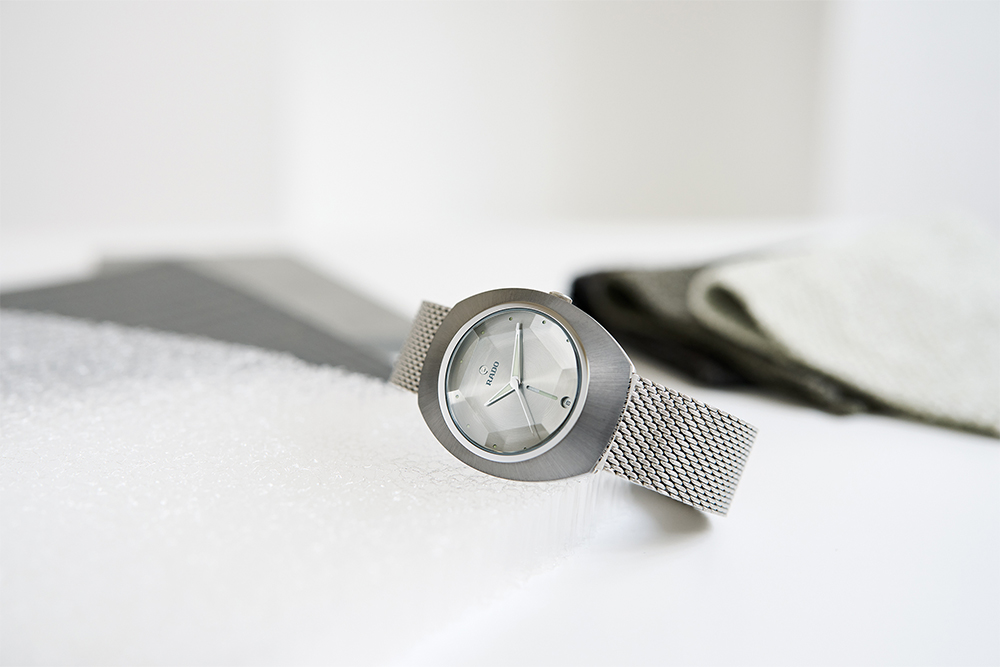
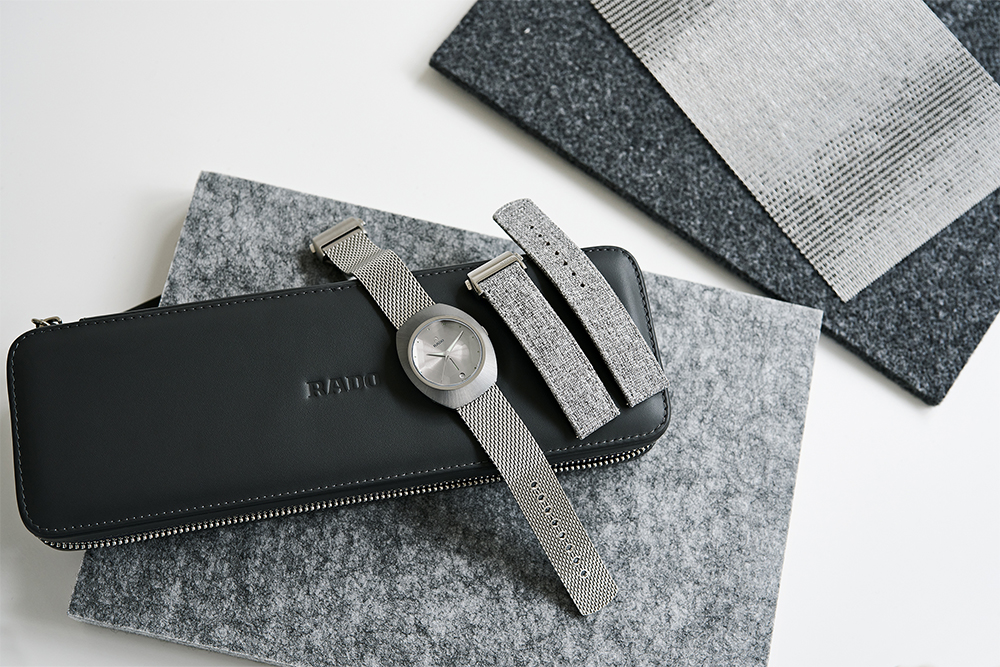
To pay proper tribute to the DiaStar’s 60th anniversary, Rado opted to enlist a designer from outside the watch space to reimagine the brand’s beloved icon — an unorthodox choice, but given Alfredo Häberli’s personal passion for watches, a perfect fit. Having designed everything from chairs to lamps, and from homes to retail showrooms, it was Häberli’s ability to respect history while embracing modern minimalism that made him an ideal fit for the project. The fact that his obsession with watches began at the age of 18 when his father gifted him his first watch was little more than icing on the cake.
Sporting a monochromatic grey appearance, Häberli let form and texture do the talking rather than relying on bold colour. The sapphire crystal of the watch is faceted to add depth and dimension. The dial has an almost-raw circular brushing to it that borders on an industrial aesthetic. This brushing pattern changes from circular to radial on its case — a classic UFO-shaped case like the original DiaStar from 1962, this time crafted out of Ceramos. Rado’s proprietary material is a peculiar alloy that delivers a steel-like appearance, crafted from 90% high-tech ceramic and 10% metal alloy. Completing the package, the anniversary model is sold with both a Milanese-style mesh bracelet, as well as a soft fabric textured strap.
Following suit with the trend towards more compact watch cases, the new model’s oblong case measures 38mm across and 45mm from lug-to-lug; these dimensions prove to be quite versatile by modern standards. Powered by an automatic movement, you’ll notice a date indication at six o’clock and an additional narrow opening just above it. Häberli decided to get playful with the indication of the day of the week, so consider this display a bit of a “progress bar” that advances from Sunday to Saturday (or Monday to Sunday, depending on how you choose to set the watch).
It’s worth noting that the anniversary model did not launch all by its lonesome. While it was certainly the star of the show, it arrived flanked by a trio of more traditionally designed DiaStar Original references, featuring textured dials in blue, green, and grey — all sporting a traditional day-date complication and a Ceramos case in the same dimensions as the anniversary model.
The new models launched in a small cluster of markets last month, however it is expected to land in Canada at Rado retailers before the end of the year, with a retail price of $2,500 for the anniversary piece, and $1,900 for the standard references. Between its thoughtful design, complex materials, and being powered by the brand’s Calibre R764 automatic movement with an 80-hour power reserve, the price of entry is easily justified.
Learn more about the Rado DiaStar Original 60-Year Anniversary here.
